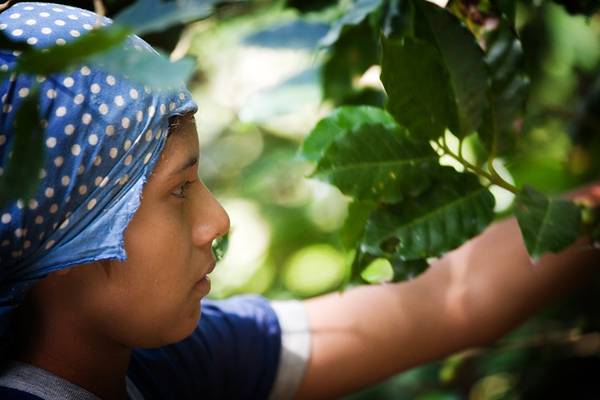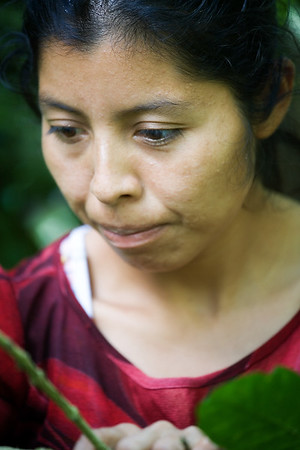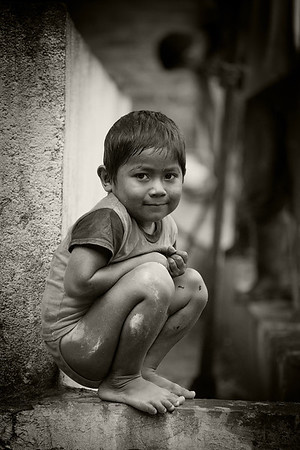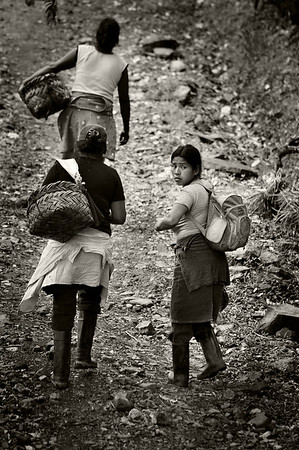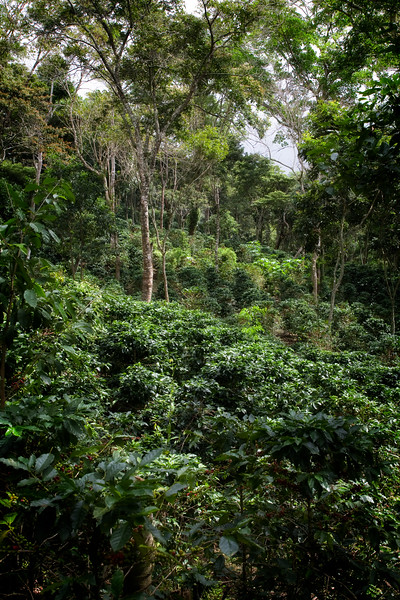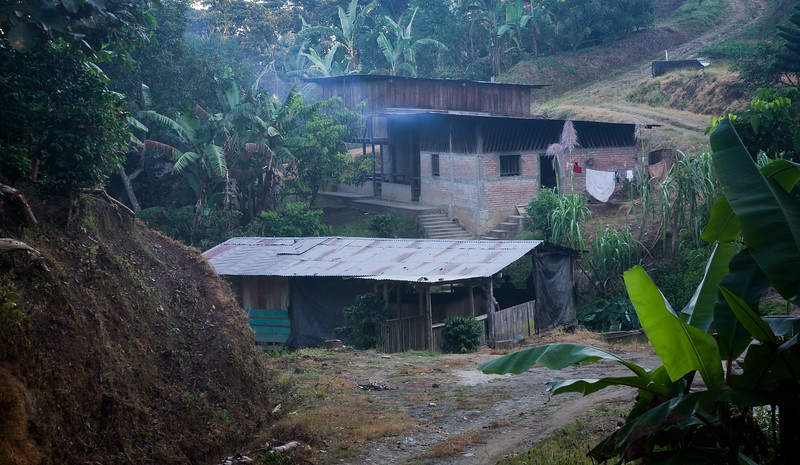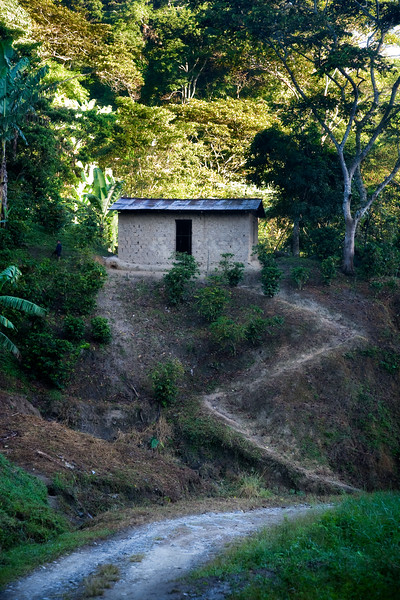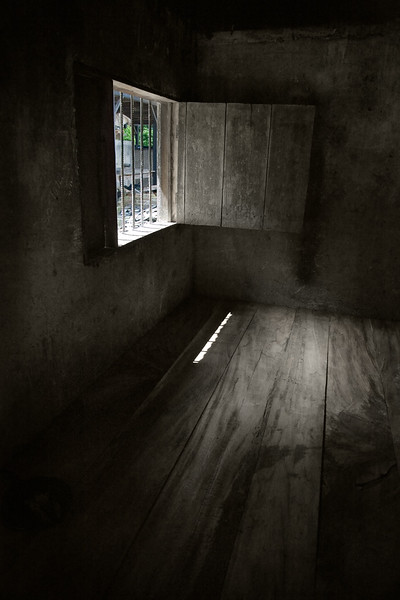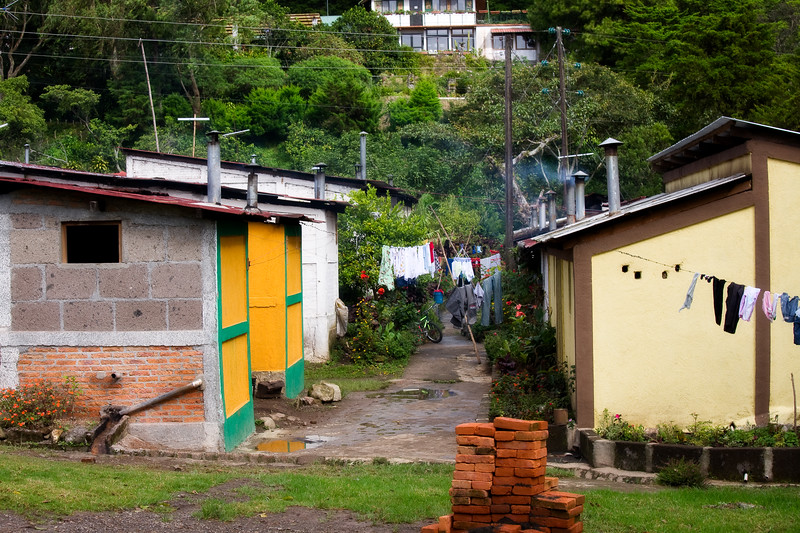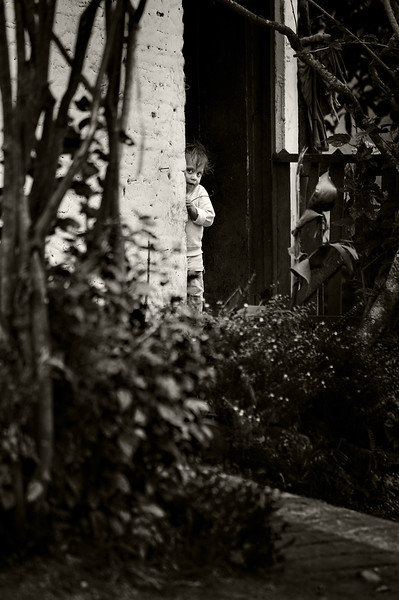This image created some discussion when I posted it on one of the theme threads. As per Asher's suggestion, I am posting this in its own one here to so that we can delve a bit further into it.
First though, a bit of background about the image.
Last November (2007), I spent a few weeks in rural Nicaragua documenting the coffee harvest at various fincas (farms and plantations). I was fortunate to have contacts through my wife who had been down there at the time for many months conducting her PhD research. This afforded me some great and unique opportunities.
I won't go into a long history lesson about Nicaragua (I'm sure a quick google search will get you all you need) but coffee is playing a major role in the rebuilding of this once troubled country. It is their number one export and agriculture as a whole is the mainstay of their economy.
Every year workers flock to the coffee fields for the annual harvest (in some places it is harvested twice per year). For many, these couple of months will make up the majority of their family's annual income. I'm sure for some it might even be their only source.
There are various jobs that need to be done but the actual picking of the beans from the plant is reserved almost entirely for women. Their size, dexterity and small hands make it easier to pick off the beans in the dense vegetation that the plants grow in. At the end of the day, they take what they've picked to the side of the road (in some of the larger fincas) or back to the main structure (in the smaller ones) where the volume of their individual haul is calculated. This is how they get paid.
This image is of one such worker waiting for her daily haul to be calculated.
Cheers,
Dave
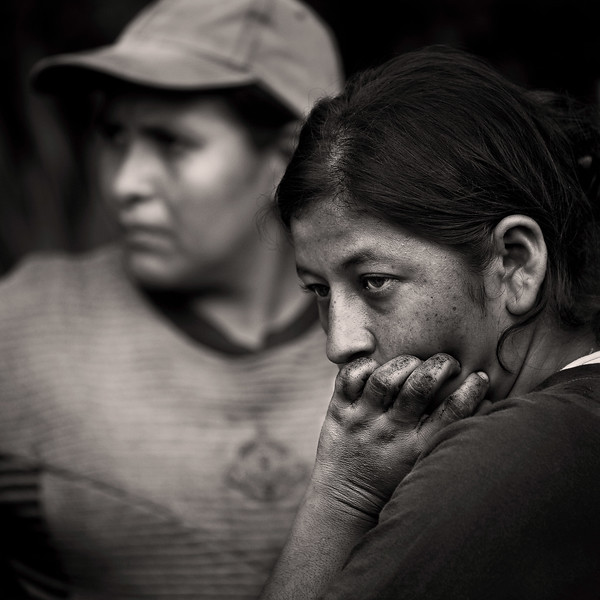
First though, a bit of background about the image.
Last November (2007), I spent a few weeks in rural Nicaragua documenting the coffee harvest at various fincas (farms and plantations). I was fortunate to have contacts through my wife who had been down there at the time for many months conducting her PhD research. This afforded me some great and unique opportunities.
I won't go into a long history lesson about Nicaragua (I'm sure a quick google search will get you all you need) but coffee is playing a major role in the rebuilding of this once troubled country. It is their number one export and agriculture as a whole is the mainstay of their economy.
Every year workers flock to the coffee fields for the annual harvest (in some places it is harvested twice per year). For many, these couple of months will make up the majority of their family's annual income. I'm sure for some it might even be their only source.
There are various jobs that need to be done but the actual picking of the beans from the plant is reserved almost entirely for women. Their size, dexterity and small hands make it easier to pick off the beans in the dense vegetation that the plants grow in. At the end of the day, they take what they've picked to the side of the road (in some of the larger fincas) or back to the main structure (in the smaller ones) where the volume of their individual haul is calculated. This is how they get paid.
This image is of one such worker waiting for her daily haul to be calculated.
Cheers,
Dave



